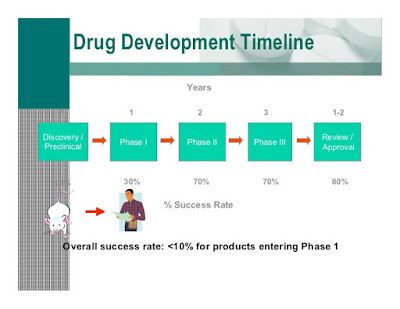How creative is the new drug development process?

To start,it is worth defining what it means for something to be creative. OED: The use of imagination or original ideas to create something; inventiveness . MW: Marked by the ability or power to create : given to creating . CALD: Producing or using original and unusual ideas. Having the quality or power of creating. resulting from originality of thought, expression, etc.; imaginative. A recurring theme of being creative is regularly creating something new. I think something that hurts the perception of creativity in drug development is the notion that to create, one must make a physical discovery. A common criticism of the bio-pharma industry is that a lot of the creativity comes from academia where they are physically creating molecular leads or technologies. Thus, because drug development is just development, it can’t be creative. I have to disagree with that criticism. Meaning that we didn’t come up with something physically novel does ...
